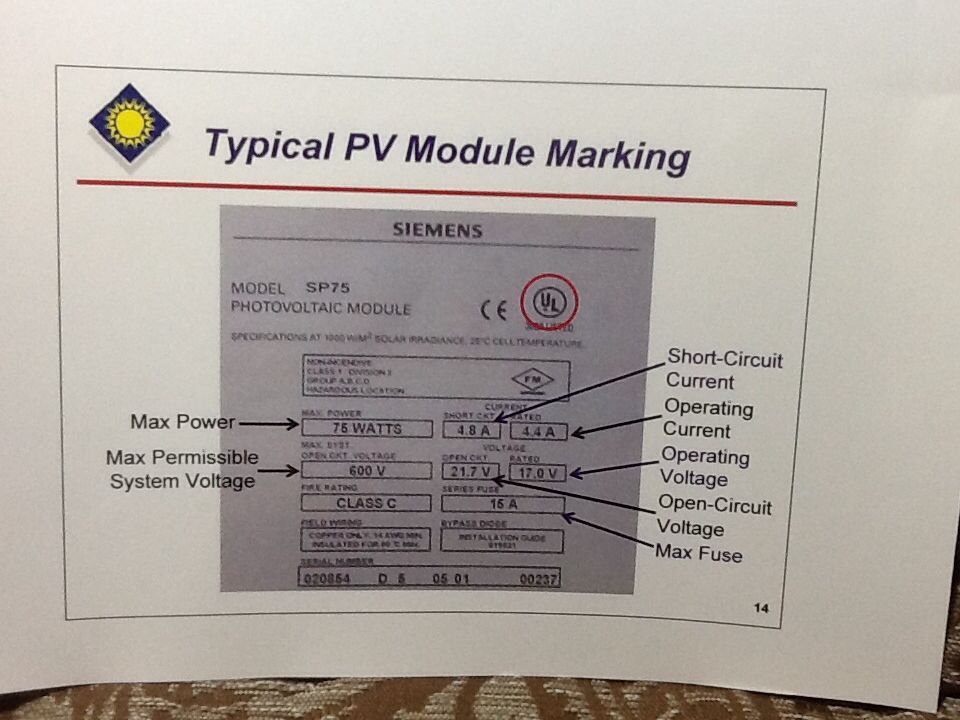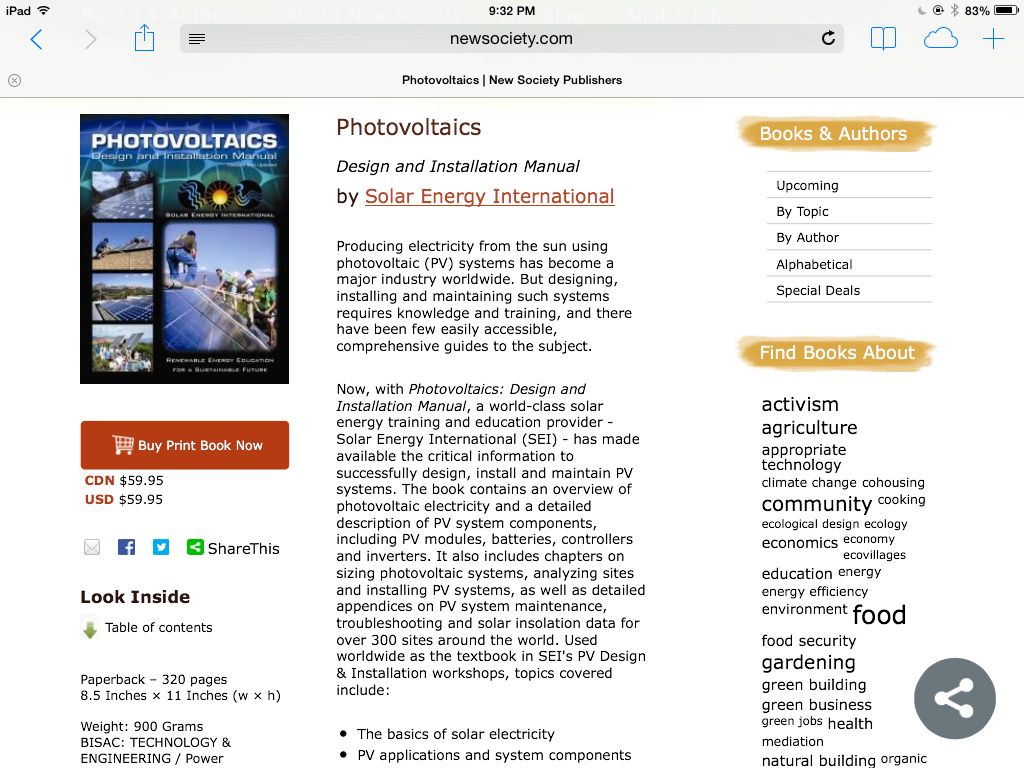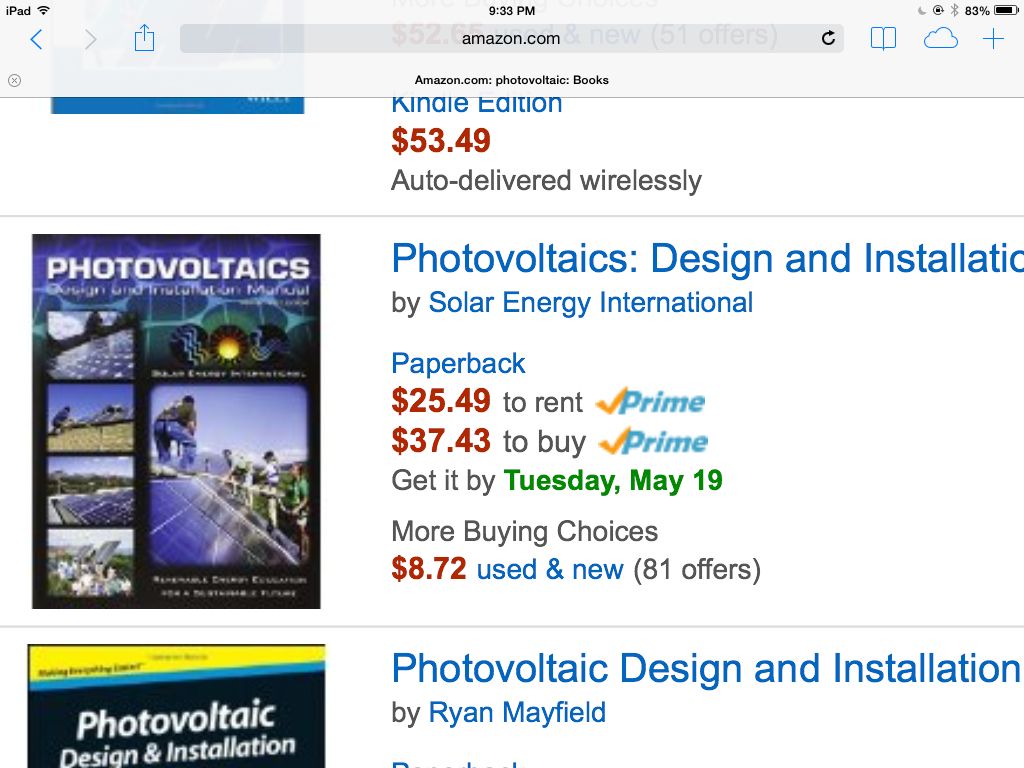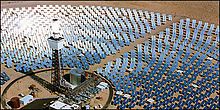
Originally Posted by
Gunfixr

Welcome to the internet.
One of us types in our heart and soul, and then puts it up for the world.
Then, the rest get to interpret it.
It is literal, or figurative?
Sad, or happy?
Angry, or calm?
Just black and white words on a screen.
Not like a conversation in person, with facial expressions, body language, tone of voice.
Still, we here pretty much slide along without issues.
Imagine how well we could get along in person.
Or, we would just think each other is a bunch of assholes
[/IMG]
[/IMG]






 Reply With Quote
Reply With Quote

 [/IMG].
[/IMG].  [/IMG]
[/IMG]  [/IMG]
[/IMG]
 [/IMG]
[/IMG]

Bookmarks